List of 10 Psychological Tricks Used By Top B2B SaaS Companies To Improve User Onboarding

When you walk into a new office for the first time, it is common to experience a mixture of pleasure and confusion. Having a friendly co-employee show you around, introduce you to the coffee device, and provide an explanation of how things work could make all the difference.
This is exactly what an excellent onboarding method does for users of a new software program.
Companies that provide B2B SaaS solutions understand the significance of a smooth onboarding system.
They realize that if users encounter difficulties early on, they’ll end up annoyed and give up. That’s why they’ve provided you with clever techniques to ensure that the onboarding enjoy is seamless and engaging.
These techniques are designed to align with our natural concept processes, supporting customer’s experience of being comfortable, encouraged, and empowered when they use the software.
Table of Contents
In this article, we can delve into the top 10 of those “psychological ticks” that main B2B SaaS companies use.
Rest assured, these aren’t tactics of mind control! Instead, they’re diffused activities that decorate the onboarding system, making it more intuitive and user-pleasant.
By familiarizing yourself with those strategies, you will gain a perception of how strategic design choices and pleasant guidance can significantly affect the velocity at which customers become talented with the software.
Here are the Top 10 Psychological Tricks Used By B2B SaaS Companies
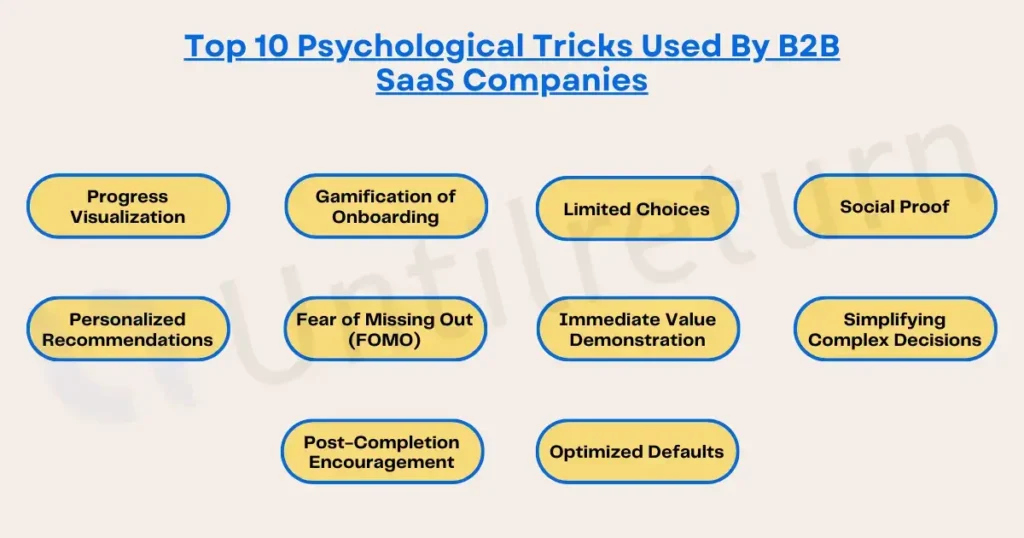
They select each action with care to transform new users into engaged, repeat visitors. Let’s explore how these groups leverage psychology to make a positive first impression with their software!
Progress Visualization
Trello’s onboarding procedure consists of a progress bar that taps into the person’s desire for the finishing touch.
This visual cue no longer only indicates progress but additionally motivates customers to complete the setup by using filling inside the bar, which inspires continuation until the procedure is complete.
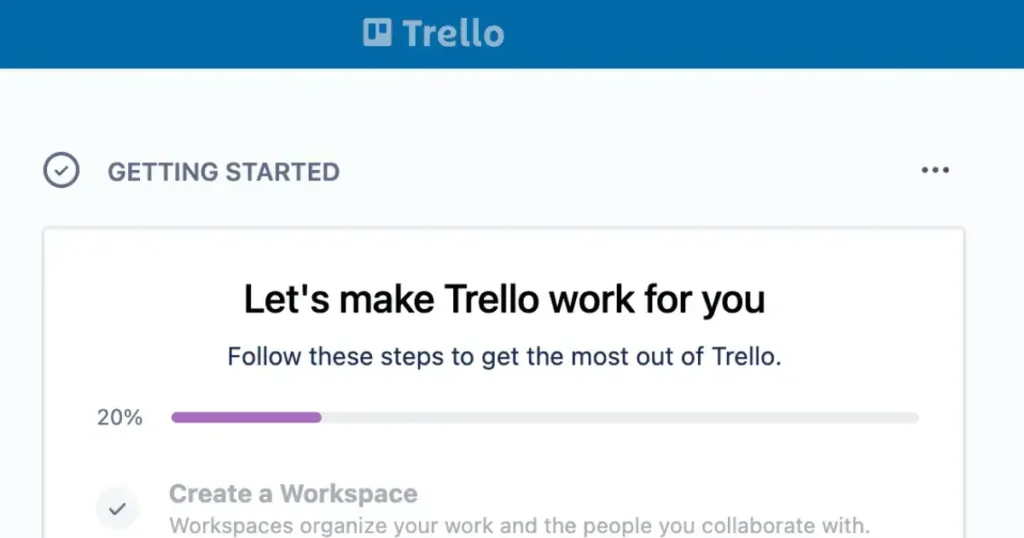
The use of a progress bar in Trello’s onboarding system efficiently leverages a psychological concept known as the “completion principle.” This principle suggests that individuals are inherently motivated to finish tasks that they’ve commenced.
When customers see a visual illustration of their progress, such as a progress bar, it triggers a psychological reaction that no longer simply keeps them engaged but also drives them to finish the task at hand to achieve a sense of fulfillment and accomplishment.
Read Also – Top 16 Mistakes Every Founder Has Made During Their Entrepreneurial Journey
Gamification of Onboarding
Many SaaS platforms are influenced by using Duolingo’s method, despite the fact that Duolingo isn’t always strictly B2B.
By incorporating gamification elements like earning points, unlocking stages, and receiving badges for the duration of the onboarding system, the platform can enhance user engagement and boost user funding.
The integration of gamification into the onboarding process, as demonstrated by using Duolingo, leverages human psychological triggers such as praise and achievement.
As customers earn points, unlock stages, or obtain badges even as advancing through different onboarding stages, it fosters a feeling of achievement and encourages them to keep the use of the platform.
Limited Choices
Zoom simplifies the setup system by offering default settings which is probably suitable for max clients, which allows reduce the mental effort required for modern-day customers. This makes the onboarding approach feel much less complex and more direct.
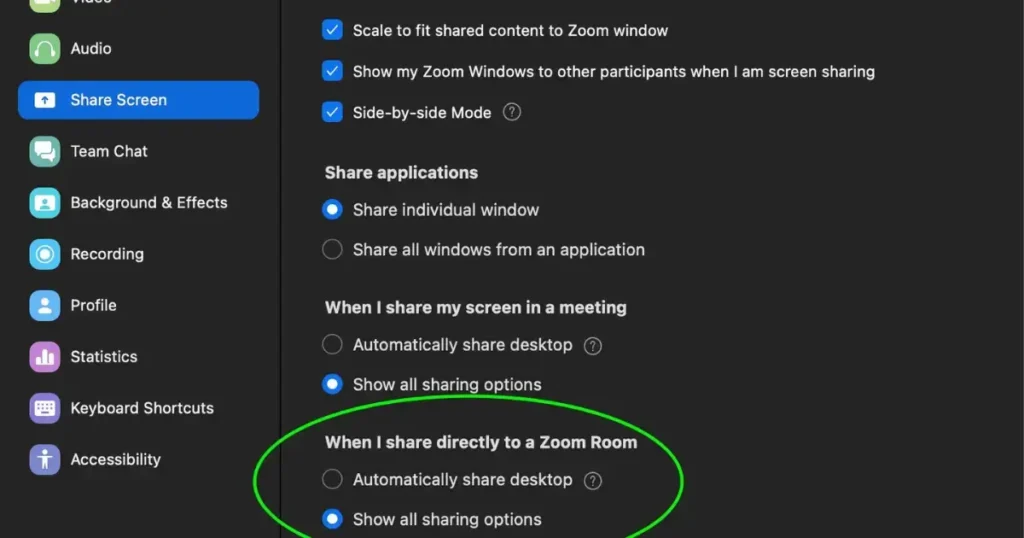
By minimizing the form of choices at some point in the initial setup, Zoom correctly decreases the chance of decision fatigue, which may be a barrier for the latest users dealing with complex platforms.
As customers grow to be more familiar with the platform over time, they can start to customize settings to better suit their wishes, leading to better engagement and satisfaction with the product.
Social Proof
Canva regularly features templates and designs that can be properly favored by customers as they begin their usage of the platform.
By displaying what others have appreciated, it enables new customers to experience more confidence in engaging with content material that has already been authorized via others.
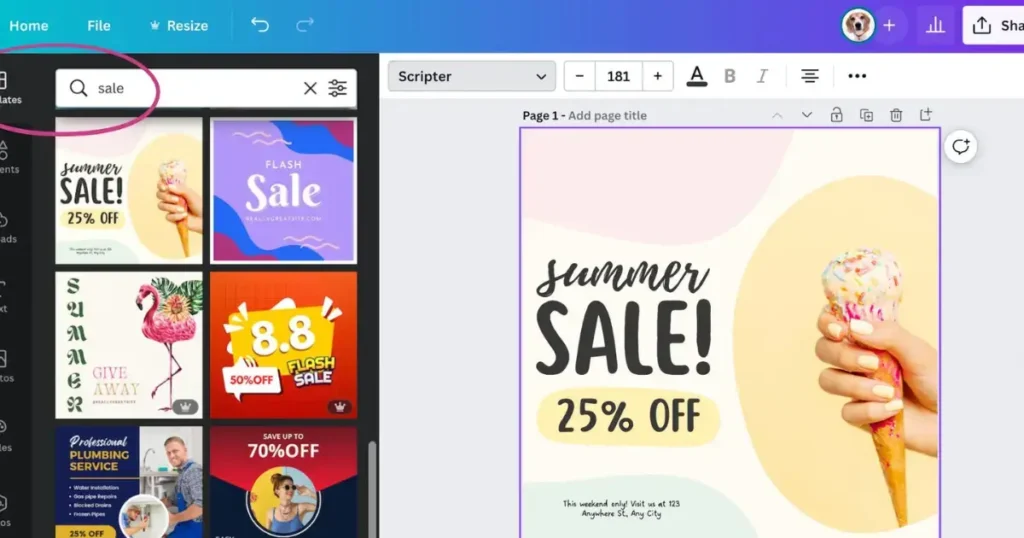
This helps to reduce the uncertainty that new customers might also sense when provided with a huge range of options, guiding them towards selections that are recognized to achieve success and attractive.
Ultimately, this gives customers greater assurance in their decisions, leading to a better initial experience and a positive, long-term relationship with the platform.
Personalized Recommendations
Notion enhances the person experience by providing customized template suggestions tailored to the person’s position or industry at some point in the onboarding method.
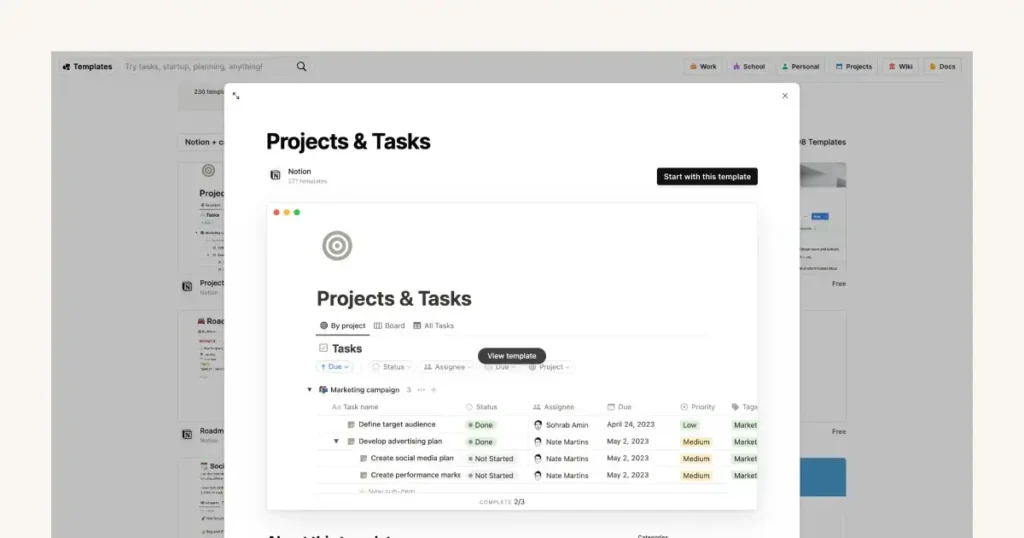
This stage of personalization facilitates user experience and allows them to quickly access important features and workflows, ultimately growing the platform’s value.
By catering to the unique requirements of every consumer, including marketers, project managers, or software developers, Notion efficaciously showcases its usefulness and significance.
This individualized strategy guarantees that customers can easily hold close how the platform can advantage them, reducing everyday interactions and optimizing productivity.
Fear of Missing Out (FOMO)
Slack’s onboarding method emphasizes features and integrations that can be famous among similar groups or industries. This can create a sense of urgency for new users to activate those features so that they will keep up with their peers.
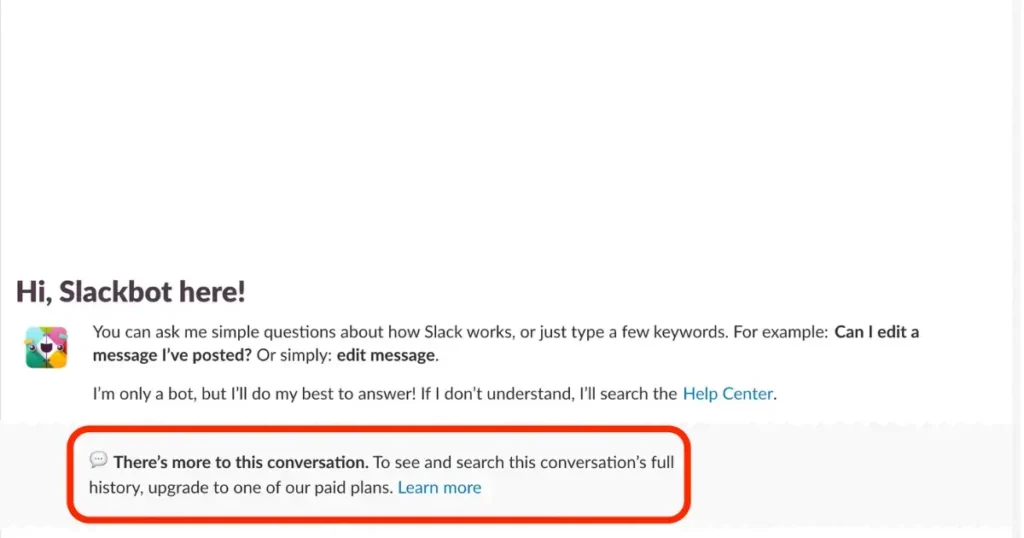
By demonstrating how similar teams or industries are in the use of certain functionalities, Slack not only provides realistic examples of the platform’s competencies to new customers but also subtly encourages them to adopt these features to stay competitive.
As a result, this drives quicker adoption and deeper integration of Slack’s functionalities within teams, while additionally growing consumer loyalty as they see the platform as essential for staying relevant and effective in their professional environment.
Read Also – Worldwide 15 Startups Have The Potential To Disrupt Their Industries
Immediate Value Demonstration
Loom permits customers to create a brief video right after signing up, showcasing on-the-spot costs. This preliminary achievement motivates users to interact more as they witness firsthand the simplicity and benefits of the tool.
This immediate fulfillment is essential at some point in the introduction phase because it shall help users find out the tool’s usefulness without any limitations. By providing an early positive experience, Loom successfully minimizes the initial learning process and enhances user trust.
This instantaneous satisfaction not only confirms the user’s selection of Loom but also encourages them to delve into more functions and capabilities.
Simplifying Complex Decisions
Typeform makes it easy to create forms with the aid of walking users through templates and imparting examples for context. This makes it much less daunting and helps users reach their desires with greater ease and readability.
Each template is made to reduce confusion and cognitive overload, so customers can deal with their precise goals without getting overwhelmed by way of the numerous options and settings that frequently include digital tools.
The examples included serve as both inspiration and guidance, demonstrating first-class practices and creative opportunities that keep users engaged.
Post-Completion Encouragement
Once customers complete the initial onboarding, Airtable gives a choice of tailor-made subsequent steps based totally on their input. This encourages users to delve deeper into the platform and discover further.
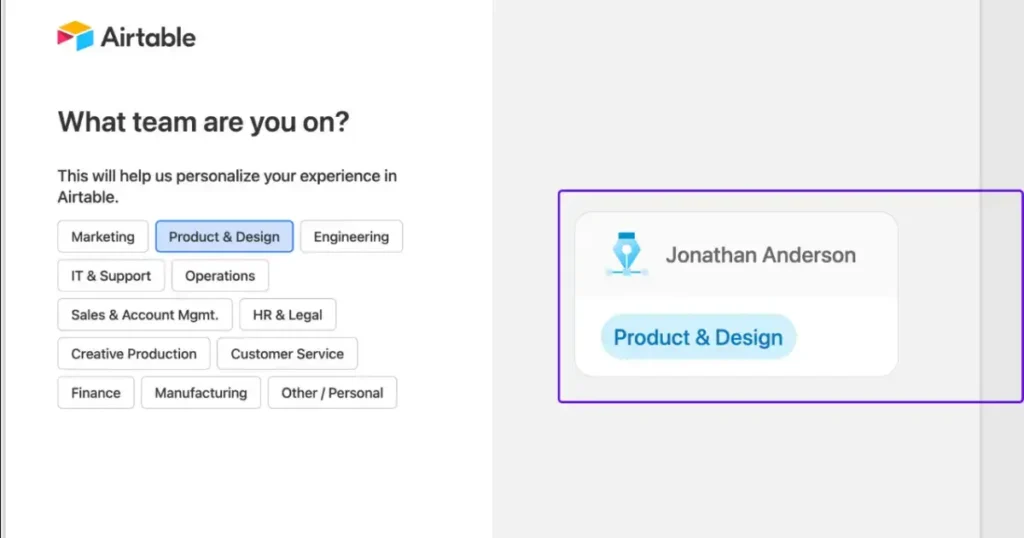
By studying consumer input and behavior for the duration of onboarding, Airtable shows customized movements that align with each person’s precise desires and hobbies.
For instance, an advertising and marketing expert might be directed toward features associated with marketing campaign control and analytics, at the same time as a project manager could receive recommendations for workflow automation tools.
This guarantees that users find out relevant features that could have an instantaneous impact on their work, in the long run enhancing user satisfaction and fostering ongoing engagement.
Optimized Defaults
Intercom gives users default settings for messaging and bots during the preliminary account setup. These settings are designed primarily based on industry best practices to assist new customers in reaching satisfactory results right from the start.
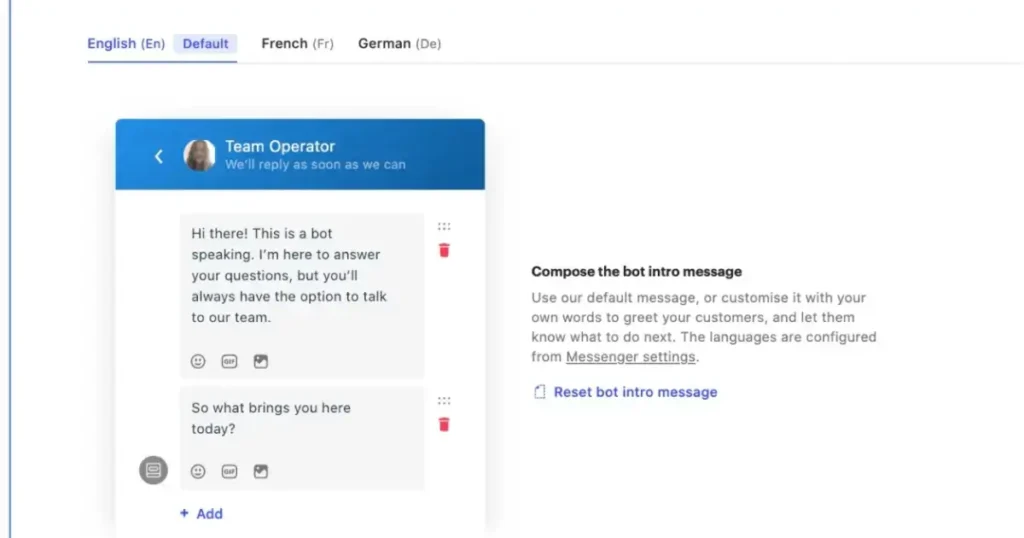
Users have the ability to personalize these settings as they gain more experience with the platform. This user-friendly method ensures that even people with minimum technical knowledge can easily attain high-quality outcomes.
As users develop their familiarity with the platform, they may be recommended to adjust and customize those settings to better suit their specific desires and possibilities.
Final Verdict
Here are the top 10 clever psychological tricks used by leading B2B SaaS companies to transform new customers into loyal clients.
These techniques move past easy hints; they are proven approaches that bring about improved engagement, better retention quotes, and in the end, a more successful product.
Remember, effective user onboarding is not just about showcasing your product’s features; it is about empowering the user, fostering a sense of connection, and inspiring them to return again.
Whether it is through gamification, social evidence, or customized reports, these techniques can significantly have an impact on how users perceive and interact with your platform.
Take a web page from the nice in the business and incorporate these psychological insights into your onboarding method.
You might be pleasantly surprised by the results! Always keep in mind that users are actual humans and that they recognize interactions that can be supportive, uplifting, and based totally on empathy. This is the secret element that makes those onboarding strategies incredibly effective.






